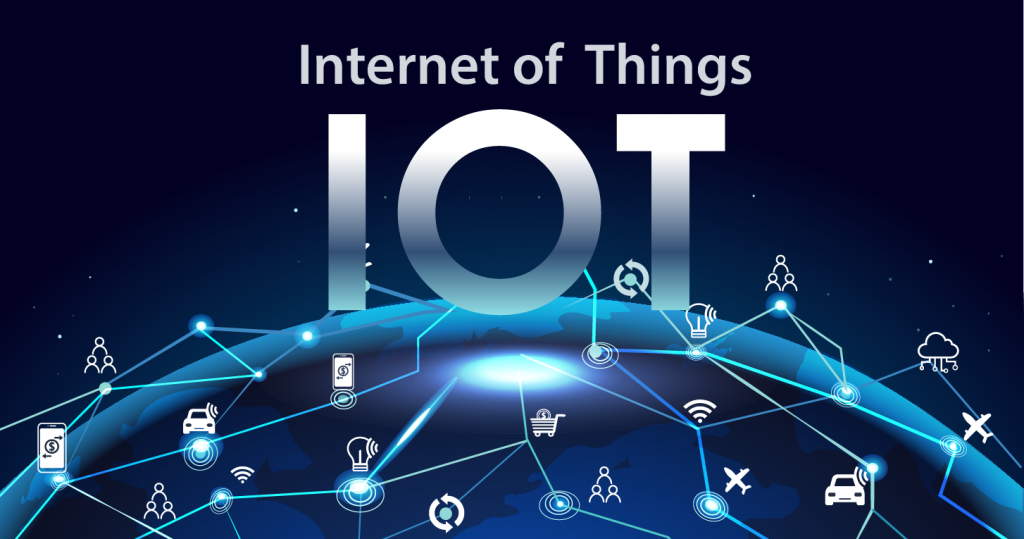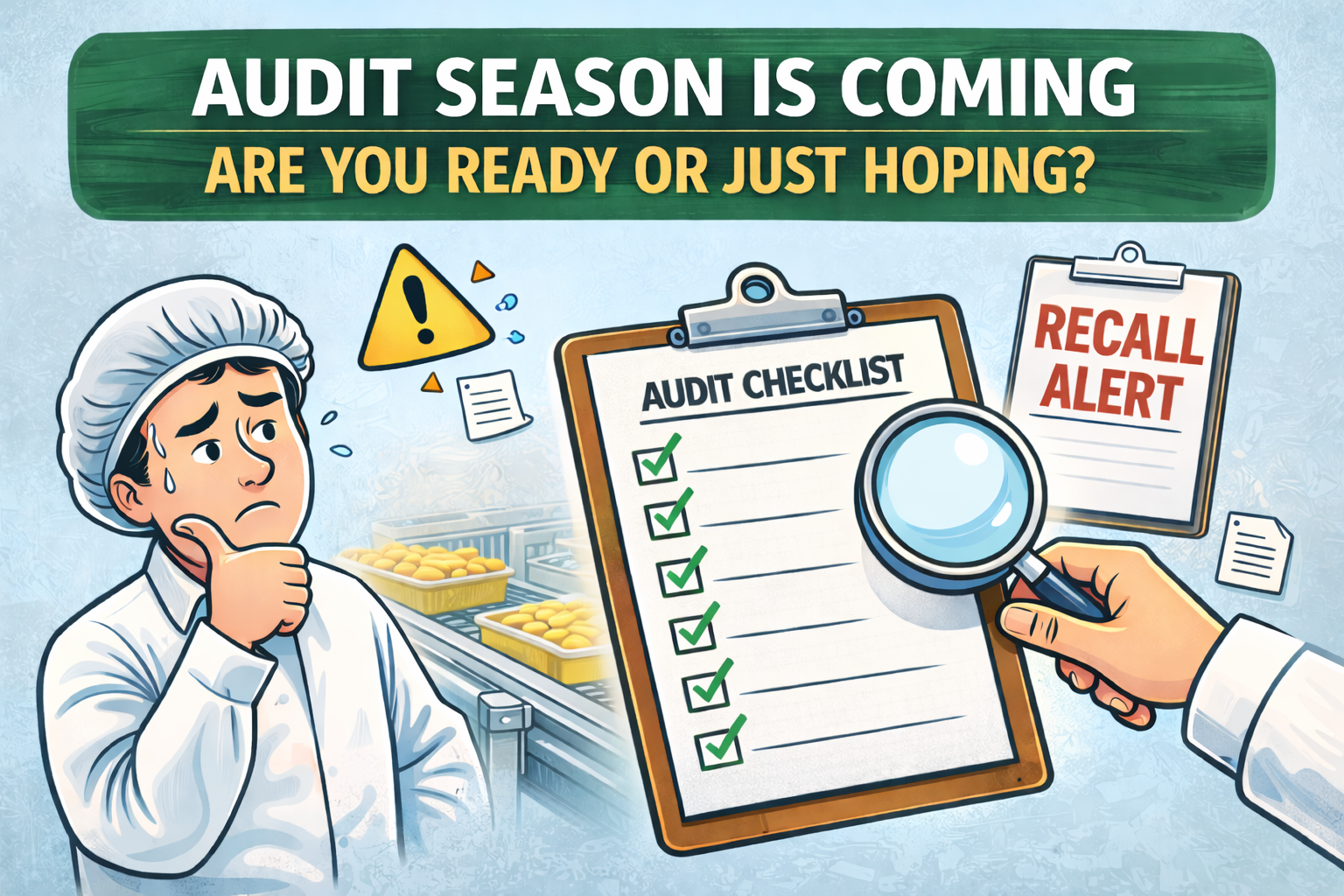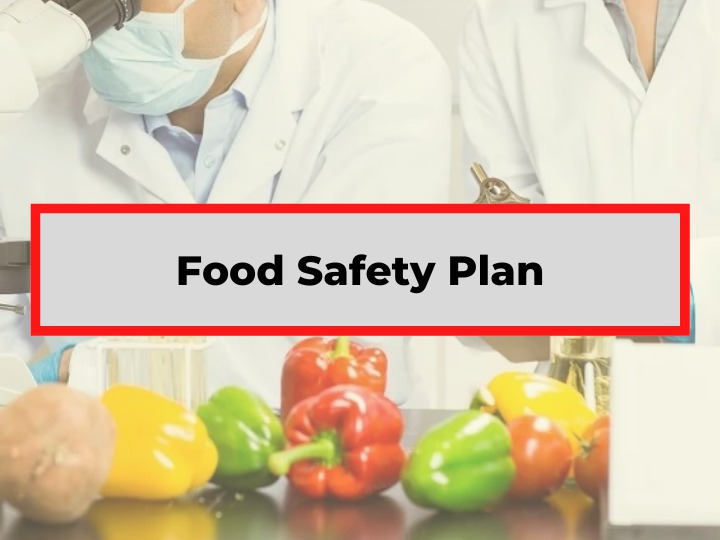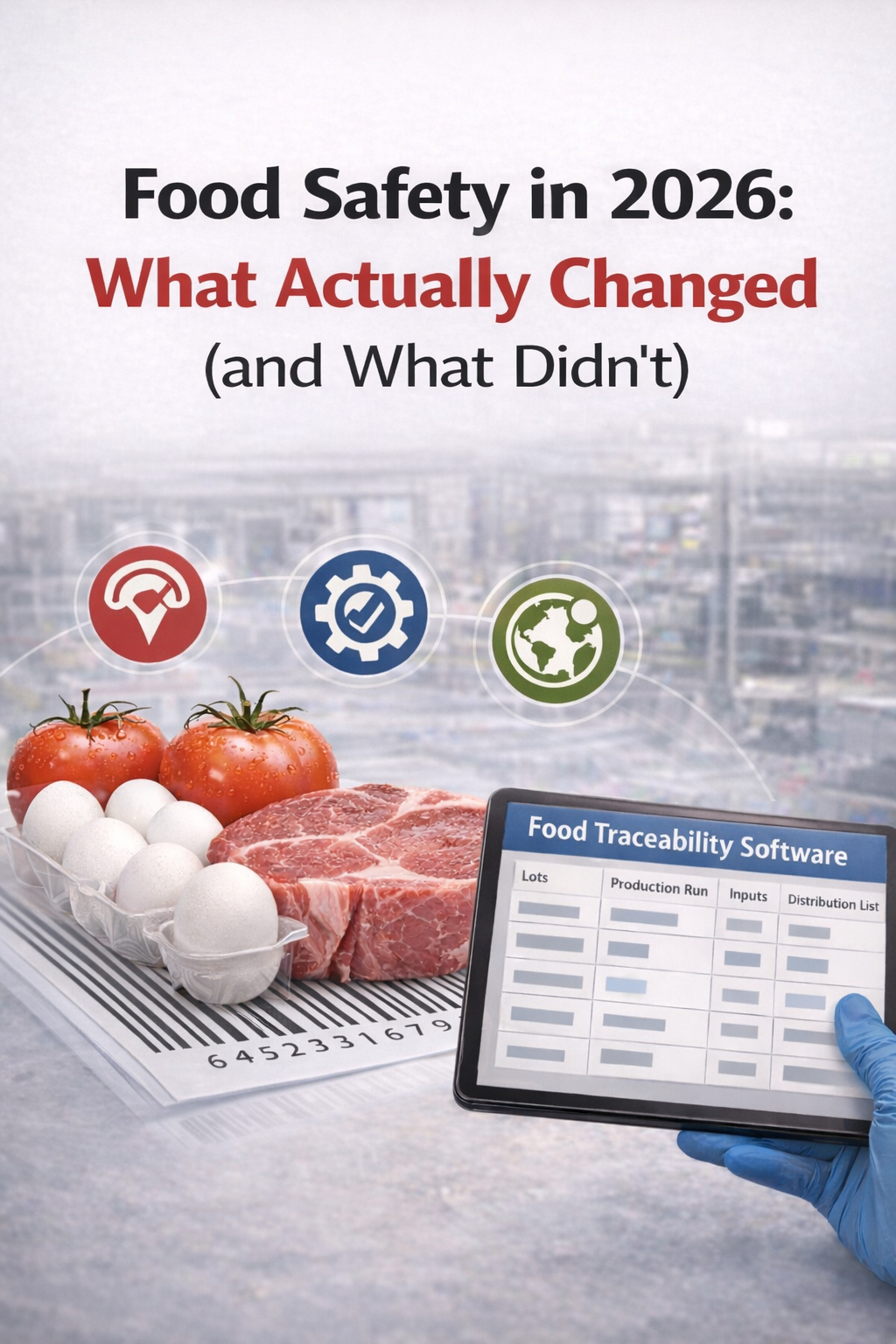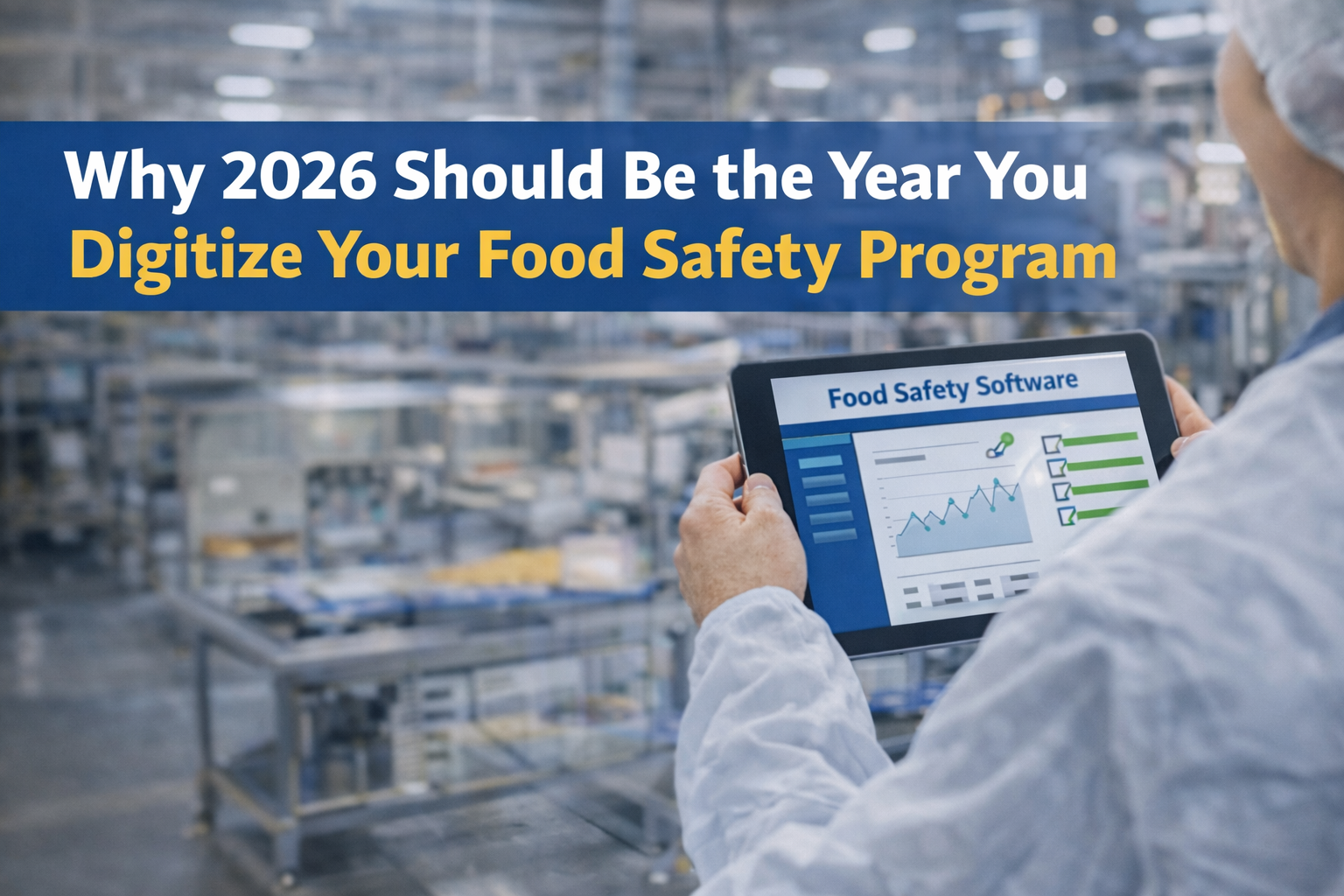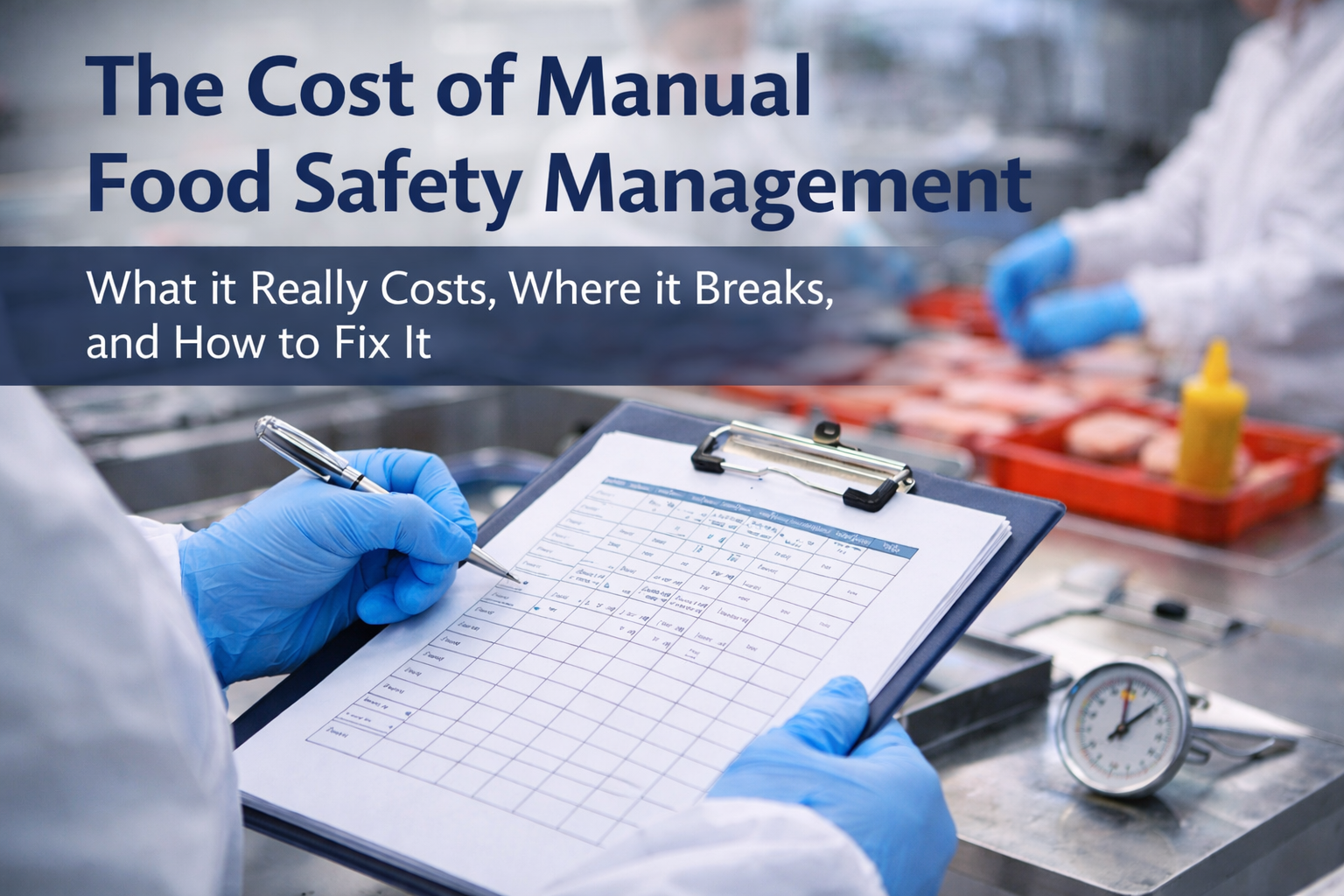Hello there, food safety enthusiasts! Welcome to another insightful session with NORMEX, where we strive to offer you the most comprehensive, customer-centric, and engaging content. Today, we're diving into the fascinating world of the Internet of Things (IoT) and its pivotal role in ensuring optimal food safety. We'll explore how IoT-based temperature and humidity controls are revolutionizing the food industry, enhancing efficiency, and promoting a safer and healthier world.
Understanding the Importance of Food Safety
Before we delve into the technological aspects, let's take a moment to appreciate why food safety is such a critical issue. The World Health Organization estimates that nearly 600 million people fall ill each year from consuming contaminated food, leading to 420,000 deaths. These staggering statistics underline the urgency of implementing effective food safety measures.
Food safety involves various stages, from production, processing, and distribution, to preparation and consumption. It's a collective responsibility of farmers, manufacturers, retailers, and consumers. However, maintaining optimal conditions for food safety can be challenging due to factors like temperature fluctuations and inappropriate humidity levels. And that's where IoT steps in.
IoT to the Rescue
IoT, or the Internet of Things, refers to a network of interconnected devices that communicate and exchange data. This technology has been transforming various industries, and the food sector is no exception. IoT devices in the form of smart sensors can monitor temperature and humidity levels in real-time, ensuring the maintenance of ideal conditions for food storage and transportation.
Temperature Control: A Key to Food Safety
Temperature control is paramount in maintaining food safety. Certain pathogenic bacteria, such as Salmonella and E. coli, thrive in specific temperature ranges, often referred to as the 'danger zone' (between 5°C and 60°C). Keeping food out of this zone prevents bacterial growth, reducing the risk of foodborne illnesses.
IoT-based temperature sensors can continuously monitor and record temperature data, alerting personnel if conditions enter the danger zone. These smart devices offer a significant upgrade over traditional methods, which often involve manual checks and record keeping.
Humidity Control: An Underrated Aspect of Food Safety
While temperature control is widely recognized, the importance of humidity control in food safety is often overlooked. Excessive humidity can lead to mold growth and degradation of food quality, while insufficient humidity can dry out food and reduce its shelf life.
IoT-enabled humidity sensors can maintain optimal conditions by monitoring and adjusting humidity levels as needed. They provide real-time data and alerts, enabling swift corrective actions when deviations occur.
The NORMEX Advantage
At NORMEX, we understand the importance of optimal temperature and humidity control for food safety. We offer IoT-based solutions that are not just technologically advanced but also user-friendly and cost-effective. Our smart sensors provide precise real-time data, empowering you to make informed decisions and take timely action.
Towards a Safer Food Future
In conclusion, IoT-based temperature and humidity controls are instrumental in ensuring food safety. They provide an efficient, reliable, and proactive approach to managing food safety risks. As we embrace these intelligent technologies, we're not just enhancing industry efficiency but also contributing to a safer and healthier world.
Thanks for joining us on this insightful journey into the world of IoT and food safety. Stay tuned for more engaging content from NORMEX, where we bring you the latest advancements with a friendly, professional, and persuasive touch.

